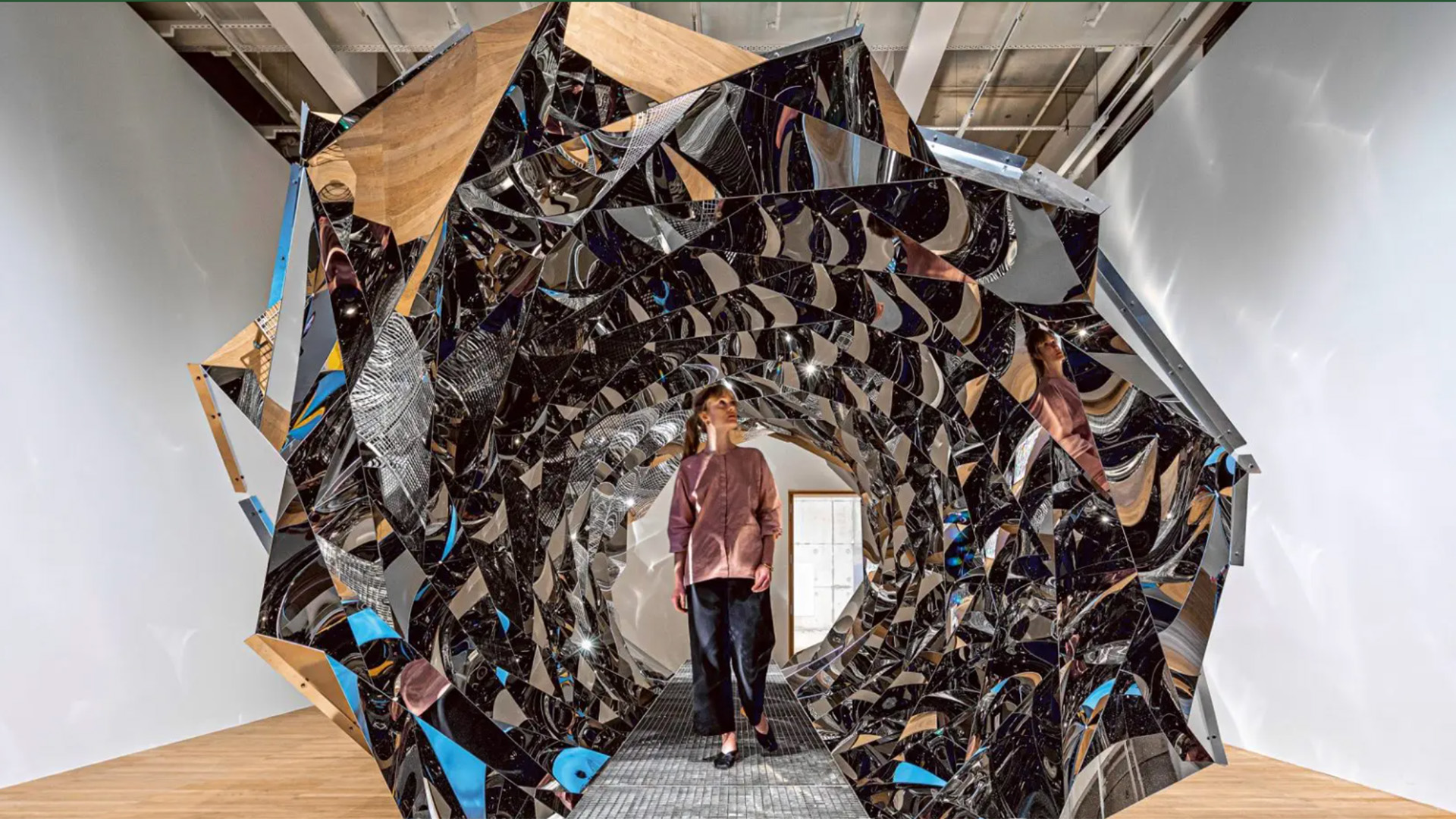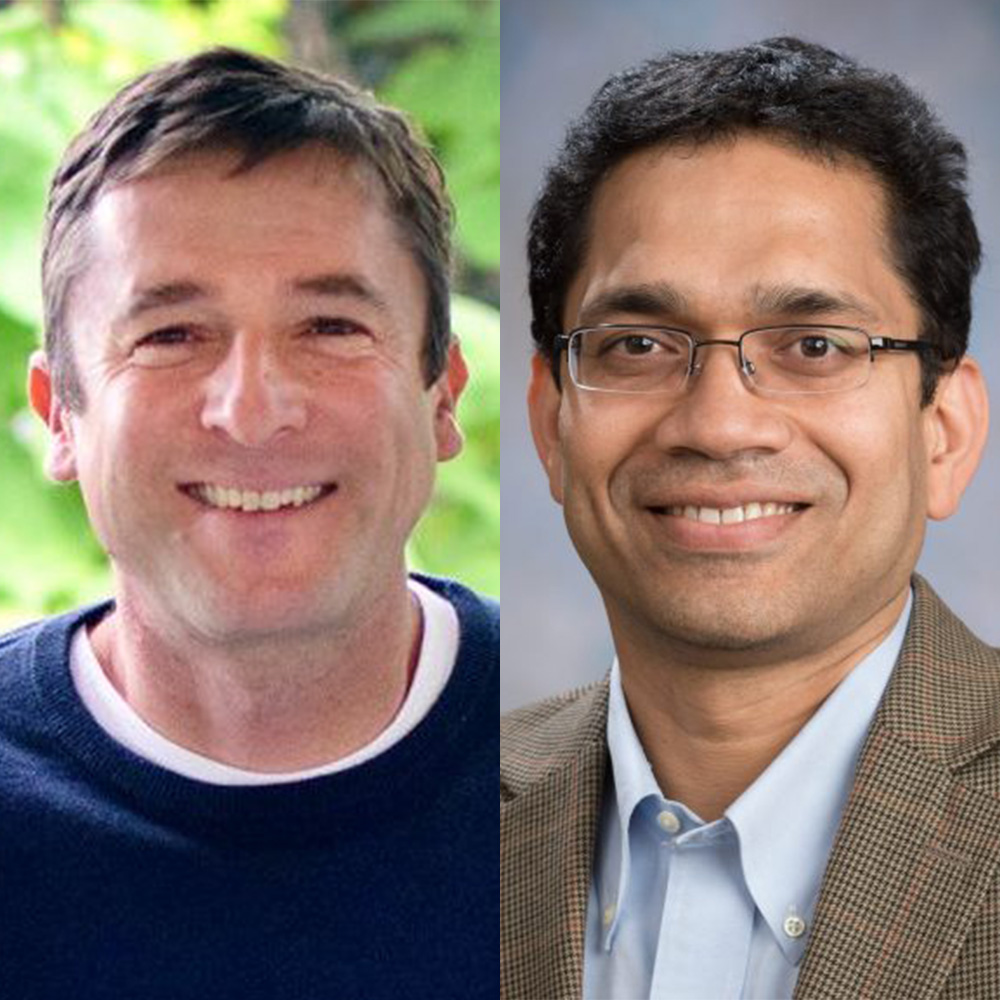
The Green & Gold Initiative, a Teagle Foundation-funded effort to create an innovative, interdisciplinary core-curriculum at CSU, enters its second year of implementation this fall, offering 10 sections each semester.
The hope is simple but vast: to help students create themselves as learners who understand that the arts and humanities are intertwined with STEM disciplines.
Two class numbers
Faculty create unique courses rooted in their own creative passions and research interests in one of two overarching class numbers:
- “IU174A-D Questions for a Flourishing Humanity,” which introduces students to staying within difficult questions without seeking easy answers, a complexity of thought and feeling the liberal arts prides itself on.
- “IU173A-D Thinking Towards a Thriving Planet” takes a humanities-based methodology and approaches topics from environment to the more-than-human-world that STEM fields address.

Editor’s note: The following was written by English Professor Dan Beachy-Quick (left) and Computer Science Professor Shrideep Pallickara.
The process for teaching in the Green and Gold Initiative begins with an invitation for like-minded faculty to gather in a pedagogy workshop where, from a diverse set of academic backgrounds, we discuss the singular value that binds us together: our care for students. It’s out of that ethics of care that classes are created, courses envisioned in conversation with others, and enriched by the interdisciplinary nature of the workshop. Faculty have found the conversations impactful on both their teaching and their research.
Disciplinary overlap
“I greatly appreciated how the freedom of our preliminary conversations allowed for our various disciplinary tendrils to overlap and entangle in interesting and unexpected ways,” said Johnny Plastini, an assistant professor of printmaking in art. “Furthermore, I feel as if my own personal research practice has grown immensely by these conversations even though the initial discussions began with foundational questions geared towards 100-level curricular learning objectives.”
That disciplinary entanglement feels like a necessity of 21st century education.
“In an age in which research, teaching and scholarship can sometimes feel isolated and siloed, the opportunity to engage collaboratively across disciplines re-enlivened my passion for teaching and learning,” explained Robin Walter, a faculty member in Equine Science who has an MFA in poetry. “Such cross-pollination served as a powerful reminder that we are fundamentally better equipped to engage complex questions when we widen the lenses through which we seek to understand our relationship to the world.”
Marie Turner, a faculty member in English who has a Ph.D. in agriculture, agreed. “No one way of understanding the world is perfect,” Turner said. “If we are going to come together and problem solve or just find comfort in trying times, we need as many epistemological angles as possible.”
Join the pedagogy workshop
As the Green and Gold Initiative looks ahead to spring 2024, and the academic years to come, we’d like to invite interested faculty to reach out and join in the conversation. We have a few teaching spots open for the spring, and we are hoping to form a large cohort of faculty from across the university who want to be part of the first significant new vision in our core curriculum at CSU in 30 years. We’re especially keen on finding faculty whose creative and research interests bridge the humanities and STEM. We’re not looking merely for “experts,” but rather, thinkers and teachers whose love for learning inspires students to learn wildly and wonderfully themselves.
Those who would like to join this fall’s pedagogy workshop, should email dan.beachy-quick@colostate.edu.